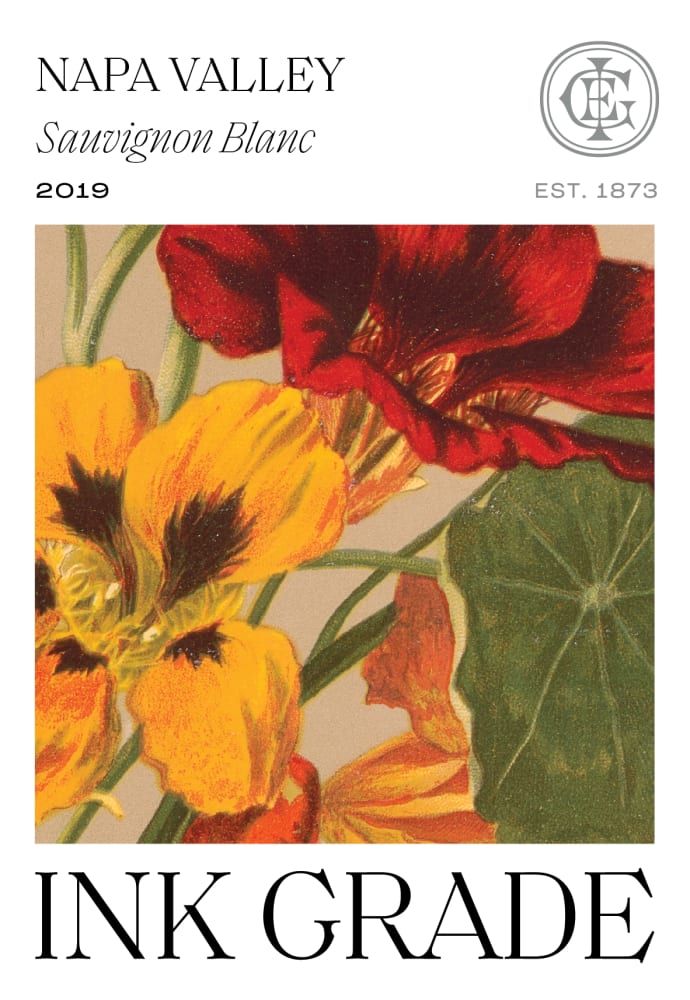Overall, oxidation is an important factor in winemaking and aging that can greatly impact a wine’s flavor and aroma. Winemakers carefully control the amount of oxygen exposure to achieve the desired level of oxidation in the wine, and wine enthusiasts can learn to appreciate and identify the effects of oxidation on their favorite wines.
When wine is exposed to oxygen, the oxygen reacts with the wine’s components, such as the ethanol and phenolic compounds. This process creates new compounds, including aldehydes and ketones, which can change the wine’s aroma and flavor. In small amounts, oxidation can add complexity and nuance to a wine, creating notes of caramel, hazelnut, and honey. However, too much oxidation can result in a wine that tastes stale, flat, or even like vinegar.
Winemakers use various techniques to control the level of oxidation in wine. During winemaking, the must (crushed grapes and juice) is often exposed to oxygen to encourage fermentation. However, once fermentation is complete, the wine is moved to airtight containers to minimize further oxidation. Winemakers may also use antioxidant compounds, such as sulfur dioxide, to protect the wine from oxidation.
During aging, wines are typically stored in oak barrels or bottles, both of which allow a controlled amount of oxygen exposure. Barrels are porous, allowing small amounts of oxygen to seep into the wine over time. This can create a desirable level of oxidation and impart flavors and aromas from the oak. Bottle aging also allows for a small amount of oxygen exposure through the cork, which can help the wine develop complexity and smooth out tannins.
However, excessive oxidation during aging can ruin a wine. Wines that are overexposed to oxygen can develop a brown color and unpleasant aromas and flavors. To prevent this, winemakers often store wine in a cool, dark place and use airtight closures, such as screw caps or synthetic corks, to minimize oxygen exposure.
Wines that are particularly susceptible to oxidation include those with low acidity, high alcohol, or low levels of phenolic compounds. White wines, in particular, can be prone to oxidation due to their lack of tannins, which help protect against oxidation. Some grape varieties, such as Grenache and Pinot Noir, are also more prone to oxidation than others.
Overall, oxidation is an important factor in winemaking and aging that can greatly impact a wine’s flavor and aroma. Winemakers carefully control the amount of oxygen exposure to achieve the desired level of oxidation in the wine, and wine enthusiasts can learn to appreciate and identify the effects of oxidation on their favorite wines.
Wine is sunlight, held together by water.”- Galileo Galilei


